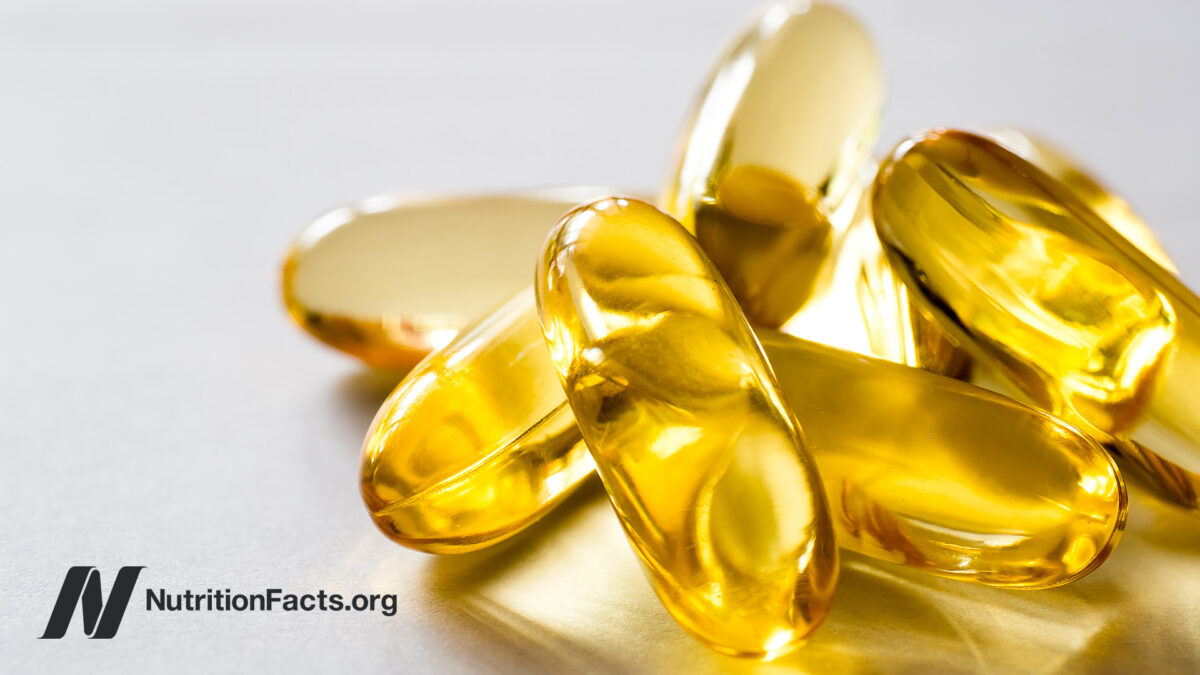
Fish
Is fish a health food? The question is, compared to what? Compared to some of the healthiest foods—for example, fruits, vegetables, beans, and whole grains—fish are low in antioxidants and phytonutrients, lacking fiber, and do contain some cholesterol and saturated animal fat. While the consumption of whole plant foods has been associated with longer protective telomeres, the tips on each of our chromosomes that keep our DNA from unraveling and fraying, in contrast, consuming refined grains, soda, dairy, and meat, including fish, has been linked to shortened telomeres, a sign of cellular aging.
Unless one can access a time machine and teleport back to the days before the Industrial Revolution, fish will remain the leading source of many toxic pollutants. In 2012, researchers published an analysis of the diets of kids aged two to seven. (Children are thought to be especially vulnerable to chemicals in the diet because they are still growing and thus have a comparatively greater intake of food and fluids relative to their weight.) Chemicals and heavy metals in kids’ bodies from the foods they ate were indeed found to exceed safety levels by a larger margin than in adults. Cancer risk ratios, for instance, were exceeded by a factor of up to 100 or more. For every child studied, benchmark levels were surpassed for arsenic, the banned pesticide dieldrin, and potentially highly toxic industrial by-products called dioxins. They were also too high for DDE, a by-product of DDT.
Which foods contributed the most heavy metals? The number-one food source of arsenic was poultry among preschoolers and, for their parents, tuna. The top source for lead? Dairy. For mercury? Seafood. Eating just a single serving of fish each week during pregnancy, for example, can lead to more mercury in their infant’s body than injecting them directly with about a dozen mercury-containing vaccines.
Where in the food supply are these pollutants found? Today, most DDT comes from meat, particularly fish. The oceans seem to have become, essentially, humanity’s sewer: Everything eventually flows into the sea. The same is true when it comes to dietary exposure to PCBs—another set of banned chemicals. A study of more than 12,000 food and feed samples across 18 countries found that the highest PCB contamination was found in fish and fish oil, followed by eggs, dairy, and then other meats. The lowest contamination was found at the bottom of the food chain, in plants.
Hexachlorobenzene, another pesticide banned nearly a half century ago, today may be found mainly in dairy and meat, including fish. Perfluorochemicals, or PFCs? Overwhelmingly found in fish and other meats. The contaminants in fish may help explain studies showing an association between fish consumption and diabetes. To lower our pollutant exposure, we should try to eat as low on the food chain as possible.
For substantiation of any statements of fact from the peer-reviewed medical literature, please see the associated videos below.
Popular Videos for Fish

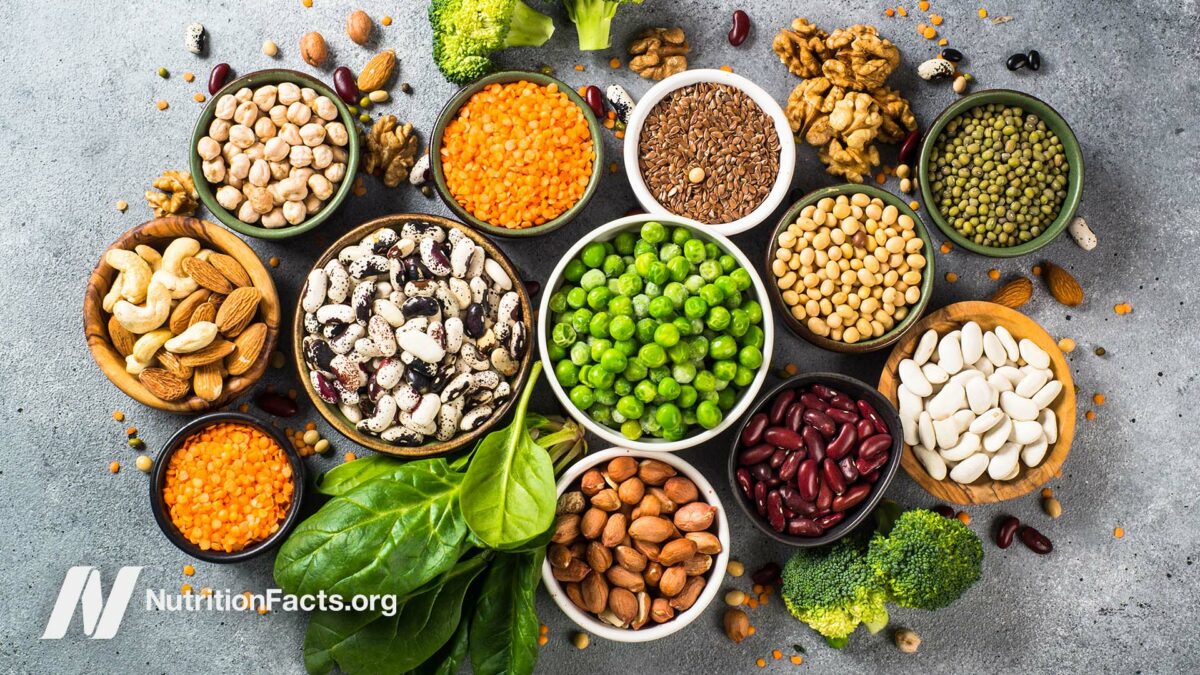
The Best Dietary Detox
By eating at a lower rung on the food chain, those choosing plant-based diets suffer...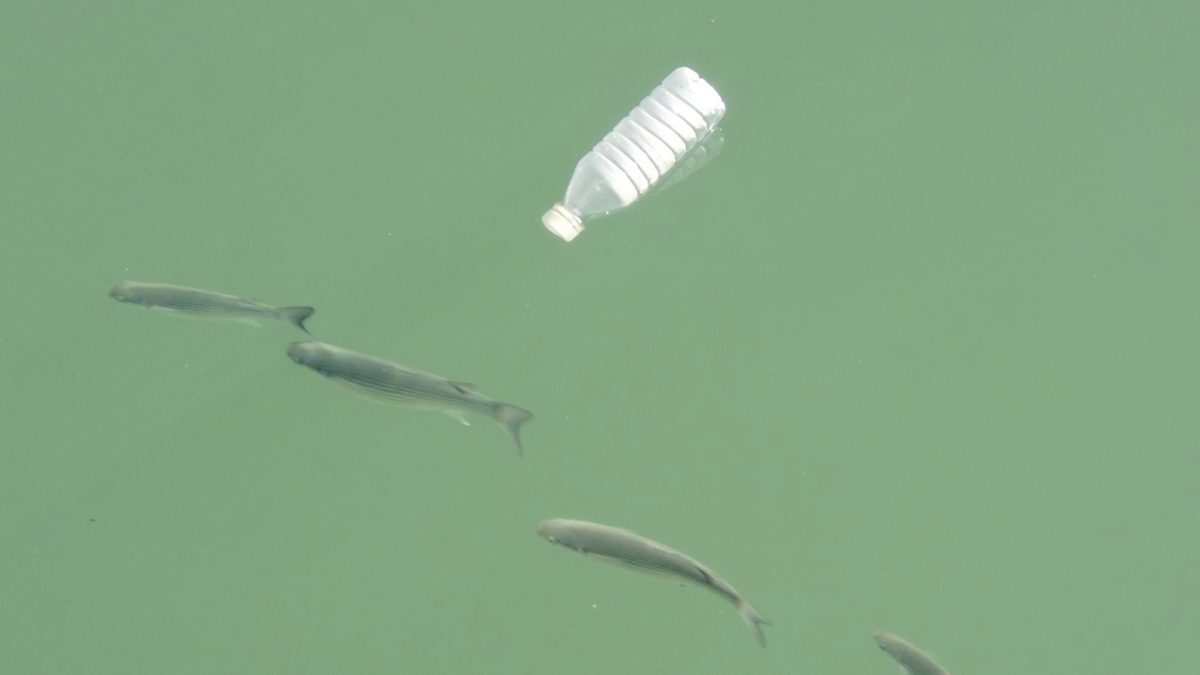
Microplastic Contamination and Seafood Safety
Can ingested plastic particles from fish get into our bloodstream?
Fish Consumption and Suicide
The mercury content in fish may help explain links found between fish intake and mental...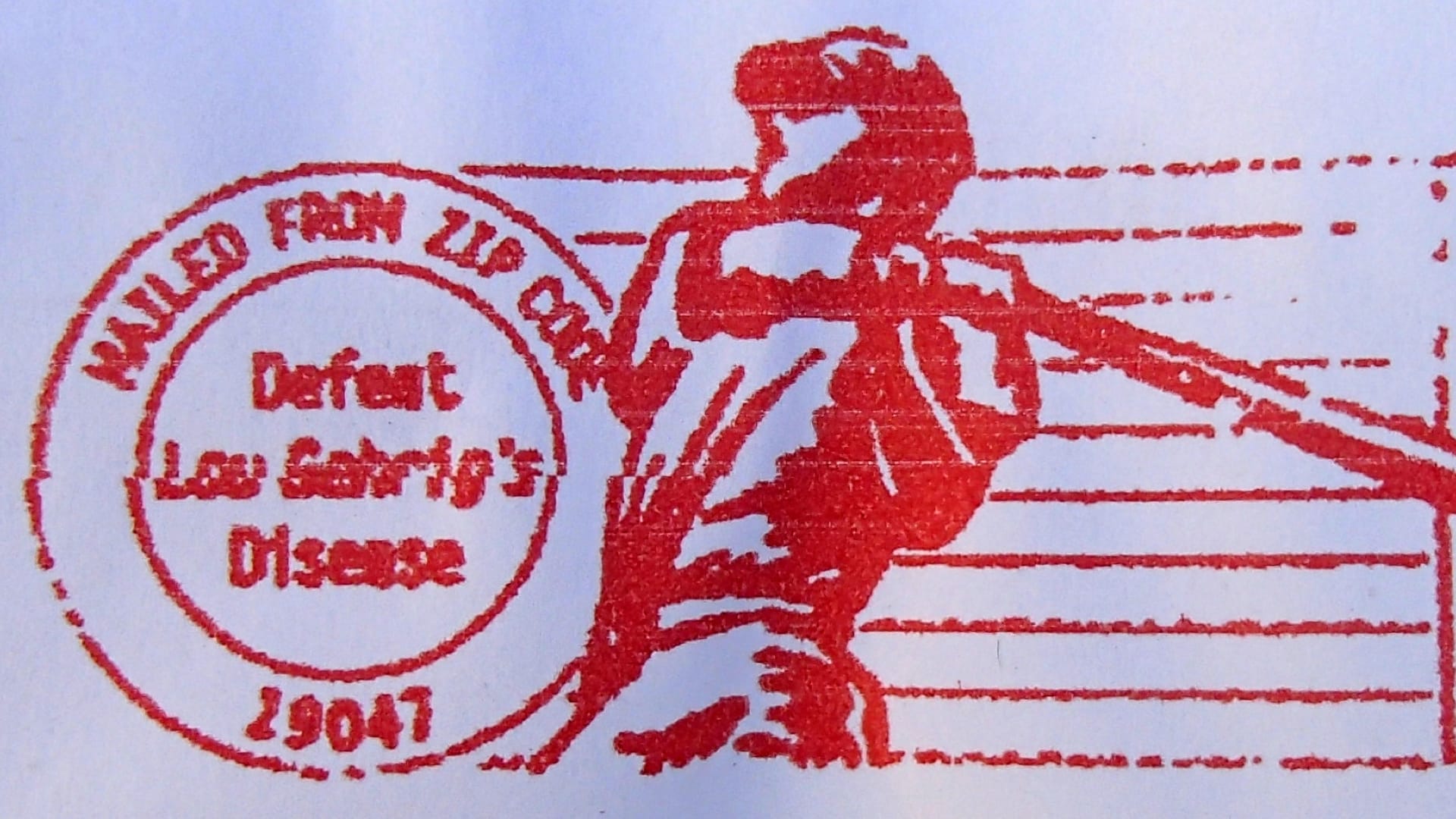
ALS (Lou Gehrig’s Disease): Fishing for Answers
The neurotoxin BMAA is found in seafood and the brains of Alzheimer’s and ALS victims....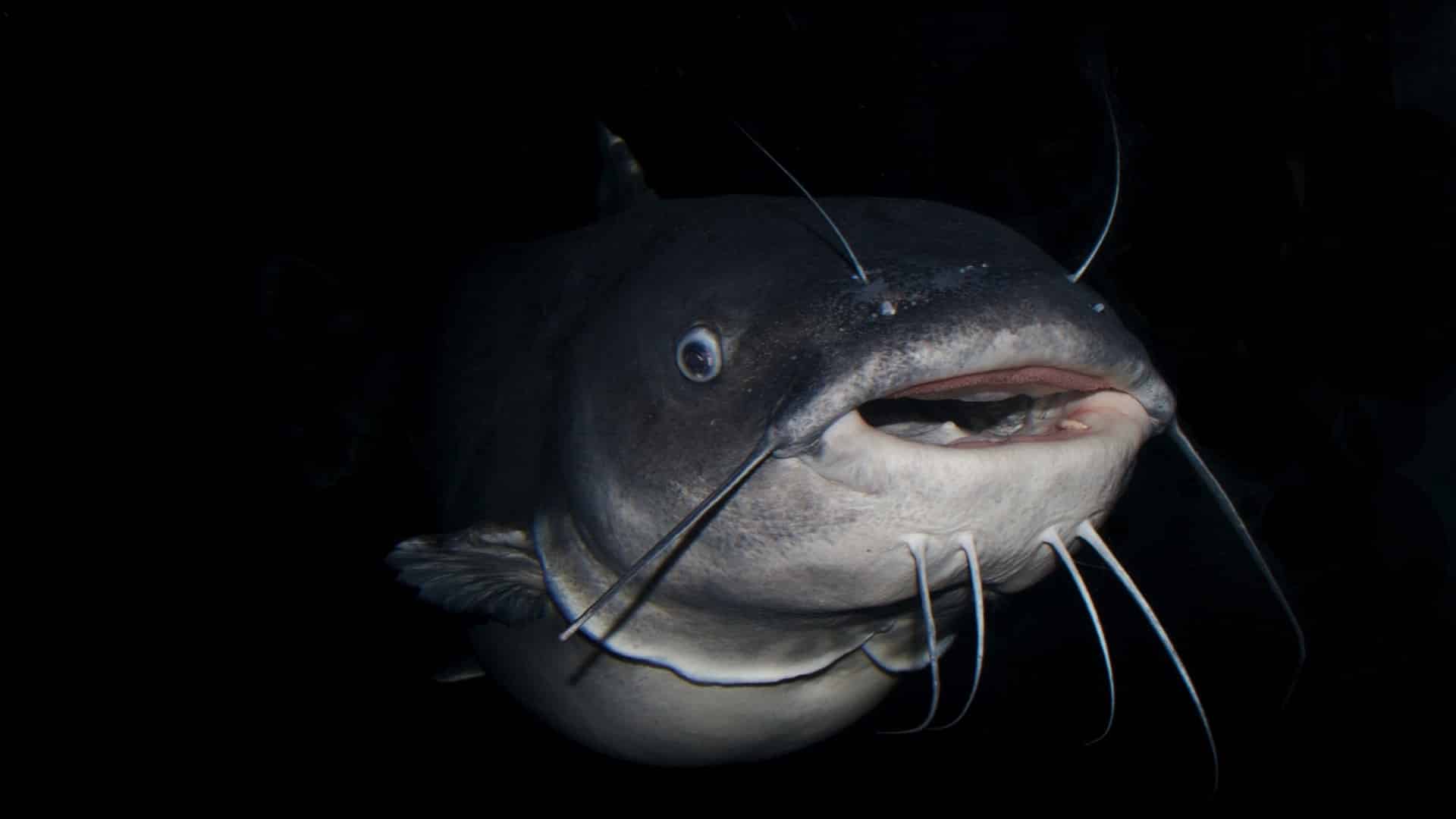
Dioxins in U.S. Farm-Raised Catfish
Feed contaminated with toxic pollutants thought to originate from sewer sludge fed to chickens and...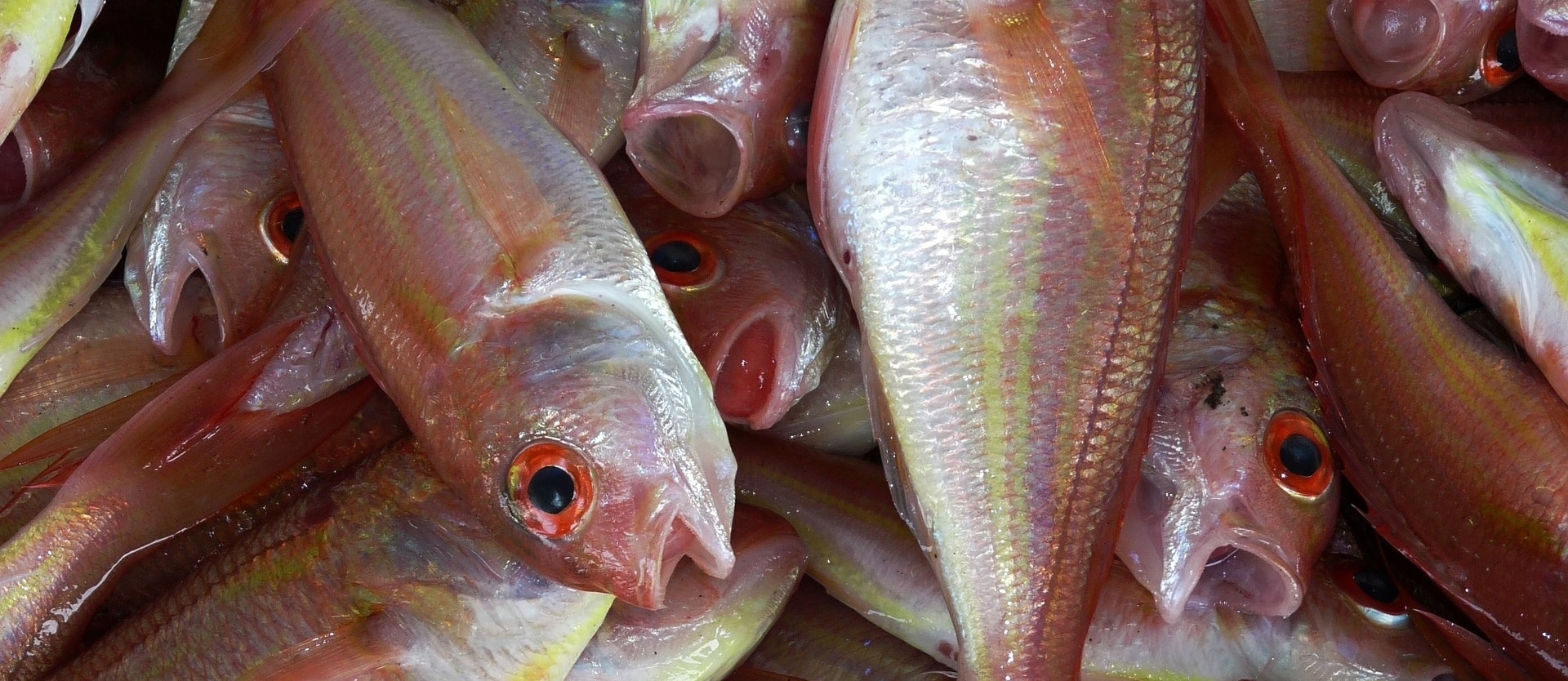
Fish and Diabetes
The relationship between fish consumption and diabetes risk may be due to toxic pollutants that...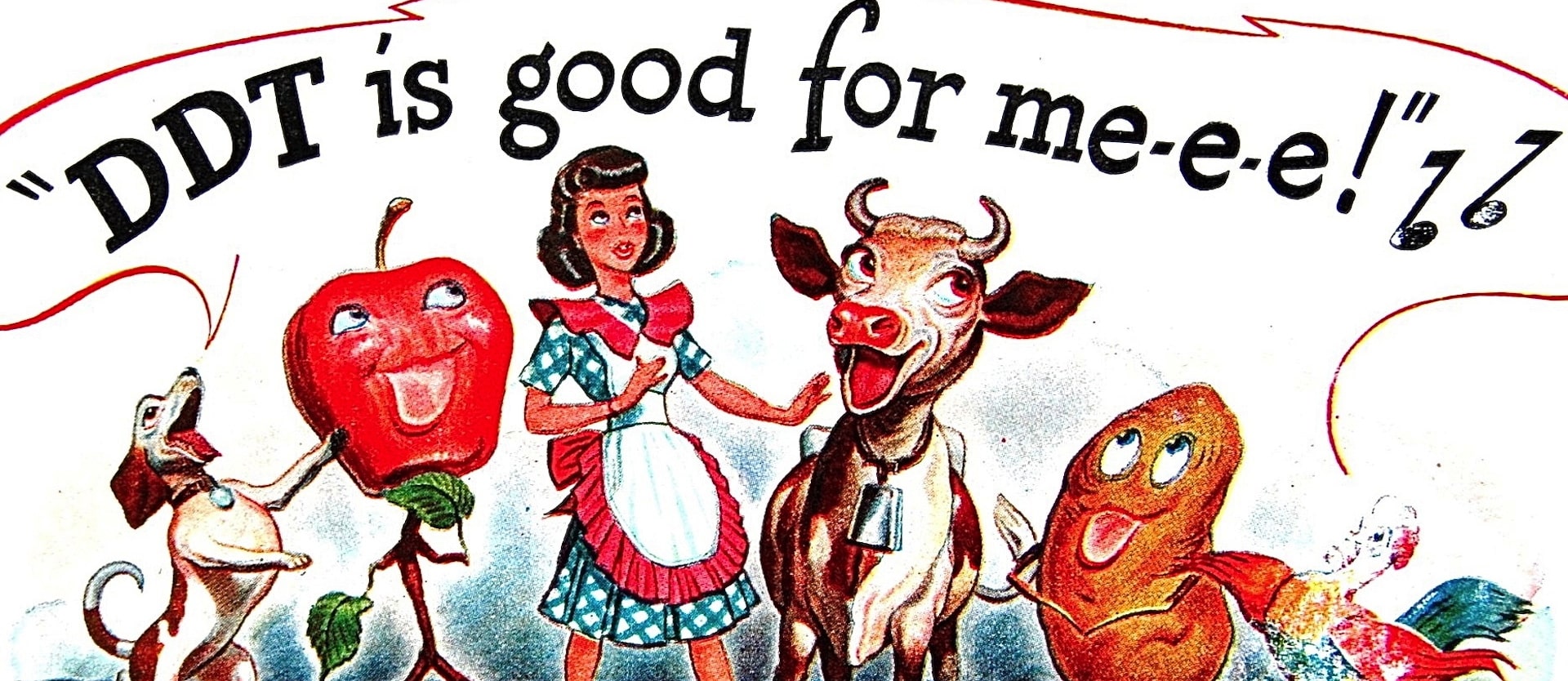
California Children Are Contaminated
The levels of arsenic, banned pesticides, and dioxins exceeded cancer benchmarks in each of the...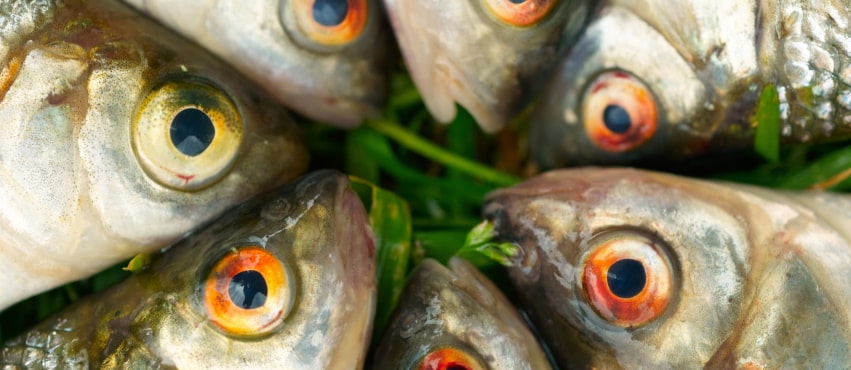
Is Fish Oil Just Snake Oil?
Advice to eat oily fish, or take fish oil, to lower risk of heart disease,...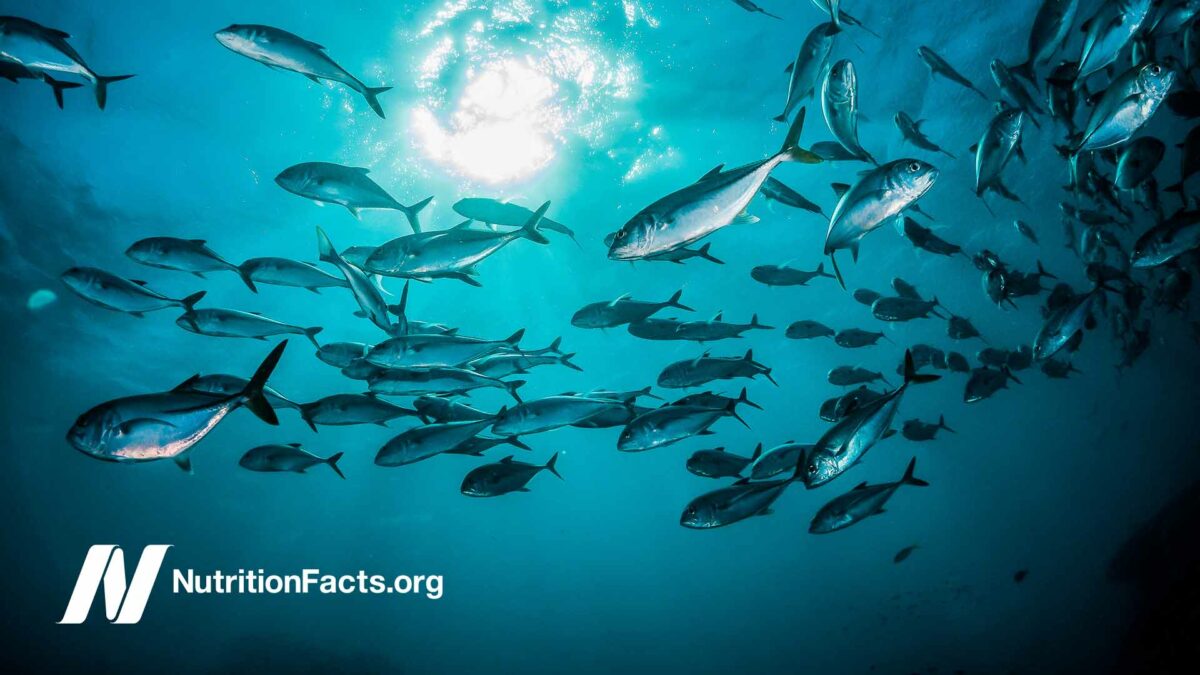
How Long to Detox from Fish Before Pregnancy?
How many months does it take to clear 99% of the mercury and other industrial...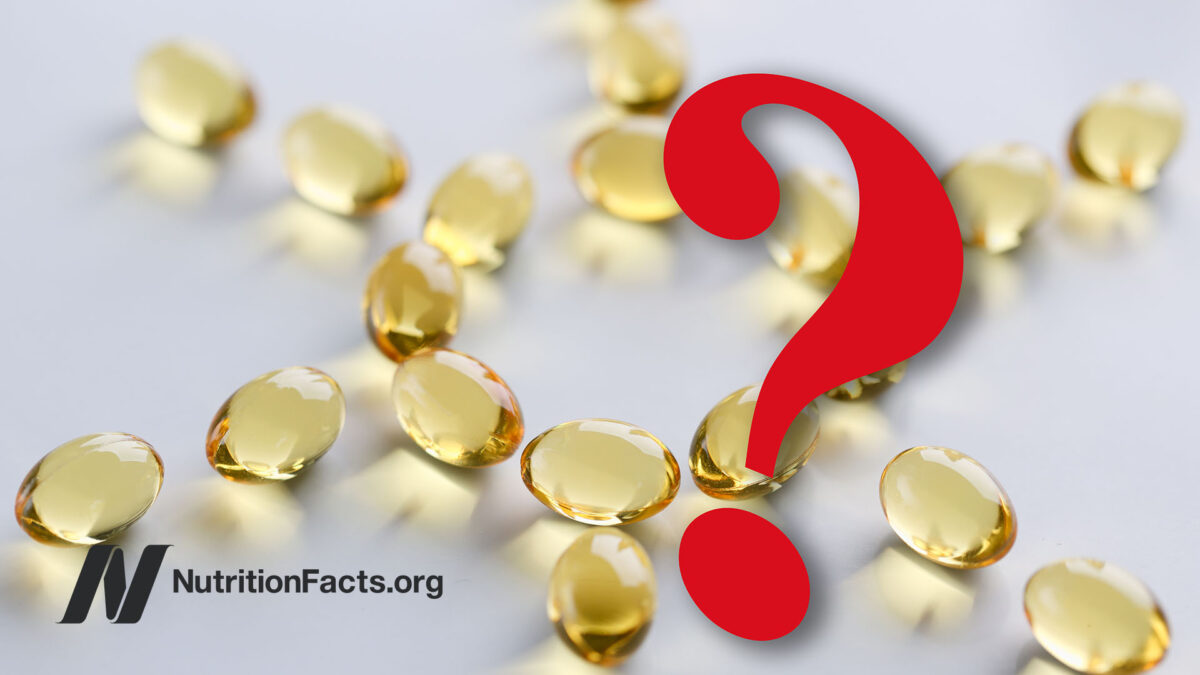
Omega 3s and the Eskimo Fish Tale
The concept that heart disease was rare among the Eskimos appears to be a myth.
Is Fish “Brain Food” for Older Adults?
Why has fish consumption been associated with cognitive impairment and loss of executive function?All Videos for Fish
-

Pesticide Exposure and Hypospadias Birth Defects in Vegetarians
What role do vegetarian diets and organic foods play in the prevention or promotion of a birth defect called hypospadias?
-

Food Poisoning: Causes and Prevention
Why do contaminated poultry products cause the most foodborne deaths?
-

Risks and Benefits of Nicotinamide Mononucleotide (NMN), a NAD+ Booster
NR may just be a waste of money, safe but ineffective. NMN seems similarly useless in humans, but it may not even be safe.
-

Fecal Transplant Experiments Show the Microbiome’s Role in Aging
Centenarian stool has anti-aging effects when fed to mice.
-

Supplements for Sarcopenia (Age-Related Muscle Loss)
HMB, magnesium, omega 3s, and vitamin D are put to the test for muscle strength and function.
-

The Best Way to Boost NAD+: Supplements vs. Diet (webinar recording)
The pros and cons of all the NAD+ supplements and what are the ways to boost NAD+ naturally with diet and lifestyle?
-

Why Does Hair Turn Gray?
As with vitiligo in the skin, buildup of hydrogen peroxide kills the pigment cells in hair follicles.
-

Are Fish or Fish Oil Supplements Good for the Heart?
Five massive new trials have been published recently, randomizing tens of thousands to various formulations of fish oil versus placebo.
-

The Best Dietary Detox
By eating at a lower rung on the food chain, those choosing plant-based diets suffer less exposure to the industrial pollutants that bioaccumulate up the ladder.
-

Three Reasons Fruits and Vegetables May Reduce Osteoporosis Risk
Even just a single extra serving of fruits and vegetables per day is associated with lower bone fracture risk.
-

How Not To Age – Live Presentation
In this live lecture, Dr. Greger offers a sneak peek into his latest book, How Not to Age, a New York Times Best Seller.
-

The Best Diet for COVID and Long-COVID
Healthy plant-based diets appear to help reduce the risk of severe COVID-19 and getting infected in the first place, even independent of comorbidities.
-

Fasting to Detox
How might we help flush the pollutants stored in our fat that come spilling out into our bloodstream during weight loss?
-

Plant-Based Pregnancy Outcomes and Breast Milk
The composition of breast milk is compared between vegetarian and nonvegetarian women.
-

Antibiotic Resistance Genes in the Guts of Vegetarians vs. Meat-Eaters
Those eating plant-based have a reduced load of antibiotic resistance genes in their gut.
-

The Best Diet for Healthy Aging
Swapping just 1 percent of plant protein in place of animal protein was associated with significantly less age-related deficit accumulation.
-

The Best Diet for Treating Atrial Fibrillation
What foods should we eat and avoid to reduce our risk of Afib?
-

How to Treat H. Pylori Naturally with Diet
What food can eradicate H. pylori in the majority of patients?
-

Are the Health Benefits of Nuts Limited to Those Eating Bad Diets?
Do nut eaters live longer simply because they swap in protein from plants in place of animal protein?
-

Supplements for Hair Growth
Might biotin or zinc supplements prevent hair loss in men and women?
-

Animal Protein vs. Plant-Based Protein
I discuss a public health case for modernizing the definition of protein quality.
-

Pesticides (DDT) and Alzheimer’s Disease
How can we avoid the breakdown product of pesticides that may increase the risk of Alzheimer’s disease as much as if you carried APOE e4, the so-called Alzheimer’s gene?
-

Which Foods Are Anti-Inflammatory?
Foods that reduce inflammation. What does an anti-inflammatory diet look like?
-

The Role Meat May Play in Triggering Parkinson’s Disease
What does the gut have to do with developing Parkinson’s disease?
-

Diet for Hypothyroidism: A Natural Treatment for Hashimoto’s Disease
What were the results of a randomized, double-blind, placebo-controlled trial of a half teaspoon of powdered black cumin a day in Hashimoto’s (autoimmune thyroiditis) patients?
-

The Human Health Effects of Cultivated Meat: Chemical Safety
More than 95 percent of human exposure to industrial pollutants like dioxins and PCBs comes from fish, other meat, and dairy.
-

The Best Diet for Crohn’s Disease Treatment
Switching to a plant-based diet has been shown to achieve far better outcomes than those reported on conventional treatments in both active and quiescent stages in both Crohn’s disease and ulcerative colitis.
-

The Health Effects of Mycoprotein (Quorn) Products vs. BCAAs in Meat
Clinical trials on Quorn show that it can improve satiety and help people control cholesterol, blood sugar, and insulin levels.
-

Plant-Based Protein: Are Pea and Soy Protein Isolates Harmful?
What are the different impacts of plant protein versus animal protein, and do the benefits of plant proteins translate to plant protein isolates?
-

How to Reverse Heart Failure with Diet
An entire issue of a cardiology journal dedicated to plant-based nutrition explores the role an evidence-based diet can play in the reversal of congestive heart failure.
-

Which Foods Have the Lowest Carbon Footprint?
How much greenhouse gas does the production of different foods cause measured in miles driven or lightbulb hour equivalents?
-

Vegetarians and Stroke Risk Factors—Saturated Fat?
How can we explain the drop in stroke risk as the Japanese diet became Westernized by eating more meat and dairy?
-

Vegetarians and Stroke Risk Factors—Vegan Junk Food?
Just because you’re eating vegetarian or vegan doesn’t mean you’re eating healthy.
-

Vegetarians and Stroke Risk Factors—Omega 3s?
Does eating fish or taking fish oil supplements reduce stroke risk?
-

Do Vegetarians Really Have Higher Stroke Risk?
The first study in history on the incidence of stroke of vegetarians and vegans suggests they may be at higher risk.
-

What Not to Eat for Stroke Prevention
What is the relationship between stroke risk and dairy, eggs, meat, and soda?
-

Where Did the COVID-19 Coronavirus Come From?
The role wet markets, wildlife trafficking, and pangolins have played in the emergence of SARS-CoV-2.
-

Stainless Steel or Cast Iron: Which Cookware Is Best? Is Teflon Safe?
What’s the best type of pots and pans to use?
-

Are Aluminum Pots, Bottles, and Foil Safe?
DNA damage is assessed in users of aluminum cookware.
-

What Are the Best Foods?
A review of reviews on the health effects of animal foods versus plant foods.
